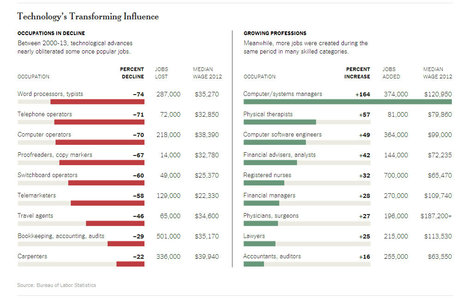(p. 20) The biggest problem with Malthusiasm, as Mayhew addresses at length, is that Malthus was wrong. He thought England was nearing the limits of its ability to provide for its growing population. But as that population continued to grow in the 19th century, the country proved more than able to feed itself by increasing agricultural productivity and importing food that it could easily pay for with its industrial wealth. And toward the end of the century, birthrates began falling and population growth slowed.
. . .
There is evidence enough in this book for a pretty withering attack on Malthusianism, if not on Malthus. Mayhew, however, prefers the role of calm and evenhanded guide. At the end he’s even hinting that today’s Malthusian prophets of environmental doom are on to something. They may be: Just because Malthus was wrong about nature’s limits in 1798 doesn’t prove we won’t ever hit those limits. Past performance is no guarantee of future results. Still, you’d think it would put more of a damper on people’s Malthusiasm.
For the full review, see:
JUSTIN FOX. “Head Count.” The New York Times Book Review (Sun., Aug. 3, 2014): 20.
(Note: ellipsis added.)
(Note: the online version of the review has the date Aug. 1, 2014. )
The book being reviewed is:
Mayhew, Robert J. Malthus: The Life and Legacies of an Untimely Prophet. Cambridge, MA: Belknap Press, 2014.


